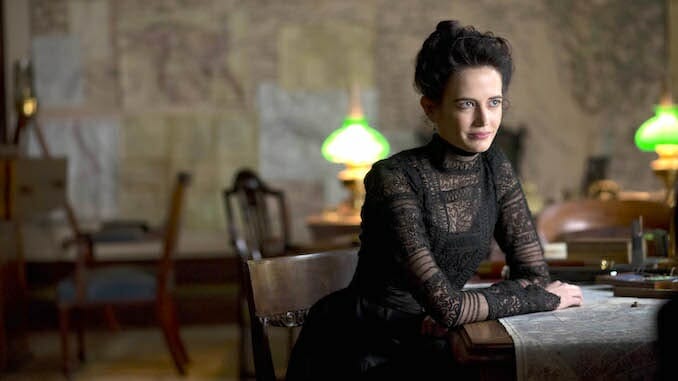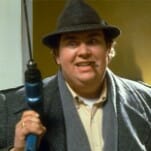TV Rewind: The Powerful Feminism of Showtime’s Gothic Drama Penny Dreadful
Photo Courtesy of Showtime
Editor’s Note: Welcome to our TV Rewind column! The Paste writers are diving into the streaming catalogue to discuss some of our favorite classic series as well as great shows we’re watching for the first time. Come relive your TV past with us, or discover what should be your next binge watch below:
![]()
In the heyday of Prestige TV—say, the early 2010s—anything seemed possible. Game of Thrones was busy making high fantasy cool to exactly the sort of people who would have never ever have picked up a George R.R. Martin book before the show started airing on HBO. Hannibal was pushing the boundaries of what kind of stories network television was willing to tell—as well as how much blood could be involved. And Breaking Bad was turning a sad sack chemistry teacher into a snazzily dressed drug kingpin and surprise cultural icon (for both good and ill).
If there was ever a time for a show about dark literary characters brought to terrible life in a gorgeously bleak Victorian London to hit it big, this was it. Throw in plenty of questionable morality and complex issues of faith, love, and death, and this series should be a sure thing, right? Yet, despite being a mix of many of the most popular themes and character tropes from this television era, Showtime’s Penny Dreadful never really managed to break through into the pop culture mainstream the same way that other shows of its ilk did.
And that’s a shame, because it’s one of the most singularly original dramas from the era, and it should have garnered much more widespread attention and acclaim.
In the most basic sense, Penny Dreadful follows the story of Vanessa Ives (Eva Green), a deeply religious clairvoyant who struggles to keep the darkness inside herself at bay (She ends up being romantically courted by both Dracula and Satan if you want a preview of how that all turns out.) The series begins with her and her partner, a retired explorer of colonial Africa named Sir Malcolm Murray (Timothy Dalton), recruiting an American sharpshooter with secrets of his own named Ethan Chandler (Josh Hartnett) to help them track a bizarre supernatural creature that may or may not have kidnapped Murray’s daughter.
Along the way, other familiar characters from classic literature are folded into the story, including Victor Frankenstein (Harry Treadaway), his Creature (Rory Kinnear), Dr. Henry Jekyll (Shazad Latif), Dorian Gray (Reeve Carney), and an assortment of figures from Bram Stoker’s Dracula, including the titular vampire himself. Over the course of its three-season run, the series is delicately beautiful, gut-wrenchingly monstrous, and incredibly ridiculous by turns, dripping with Gothic decadence and existential dread.
As a series, Penny Dreadful is also unabashedly and unapologetically feminist, allowing a variety of different kinds of female characters the chance to claim their power in a Victorian world that was often all too eager to silence their voices. Named after a genre of fiction—the penny dreadful—that’s best known for its depiction of both male violence and female violation, the Showtime drama turns this trope on its head by giving its women the chance to both explore and embrace their own inner darkness.
-

-

-

-

-

-

-

-

-

-

-

-

-

-

-

-

-

-

-

-

-

-

-

-

-

-

-

-

-

-

-

-

-

-

-

-

-

-

-

-








































